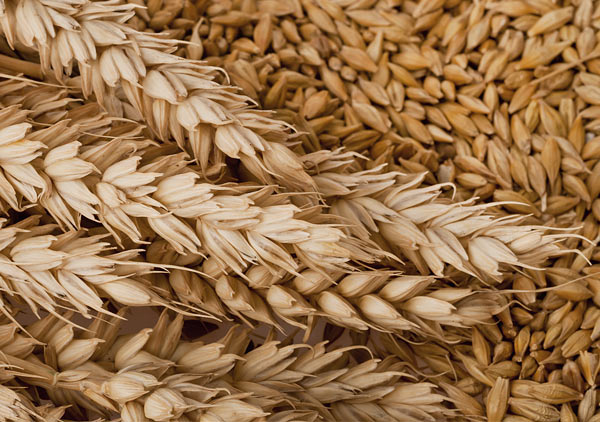
Put your knowledge of all things malt to the test in this week’s Tuesday Beer Trivia quiz.
Malt is one of the four ingredients that make up (nearly) every beer style and has long been used to create alcoholic beverages throughout the history of civilization. Malted grains provide a bulk of the fermentable sugars that yeast transform into alcohol and play a big part in a beer’s flavor, aroma and color.
After you take the Beer Trivia quiz below, scroll down to “Beer Trivia Answer Explanations” section to learn more about malt.
[polldaddy type=”iframe” survey=”454C3A3E16EA7E20″ height=”auto” domain=”2491351″ id=”tuesday-beer-trivia-malt-1″]
Beer Trivia Answer Explanations
Click To Expand
Question 1: In shortened terms, DMS is created when S-methyl-methionine (SMM)—a compound typically reduced in malt during the roasting/toasting process—is reduced during the boil. Malts that have a higher degree of roast have less available SMM, meaning less DMS production in the boil, which is why DMS is very common in light lagers with higher percentages of pilsner malt. Learn more about DMS and other off-flavors.
Question 2: Malts high in proteins and dextrins enhance the body and head retention of beer because the proteins act as a structural component in foam. However, high levels of proteins and dextrins can interact with tannins and compromise clarity, provide more nutrients to spoilage microorganisms, and mean less fermentable extract per pound of grain (which means more money out of your wallet!). Finding a proper balance is the challenge. Learn more about the secrets of beer foam.
Question 3: “Husk material contains high levels of astringent tannins, which manifest during roasting. Production of very dark malts using dehusked barley reduces these unwanted flavors. Alternately, huskless grains like wheat can be used to make less astringent final malts.” – page 81, Malt: A Practical Guide from Field to Brewhouse
Question 4: “Most of the rest of the world uses six-row barley only for livestock feed, not for beer. I thought six-row barley had been bred especially to increase output, but it turns out to be a naturally-occurring result of a pair of mutations, one dominant and one recessive. Both two-row and six-row barley have been around for a long, long time.” – Two-Row vs Six Row Barley
Question 5: Lovibond (*L), Standard Reference Method (SRM) and European Brewery Convention (EBC) are all scales that can be used to quantify color. Generally speaking, 1 Lovibond = 1 SRM = 2 EBC. Plato (*P) is a scale used to measure gravity.



Share Post